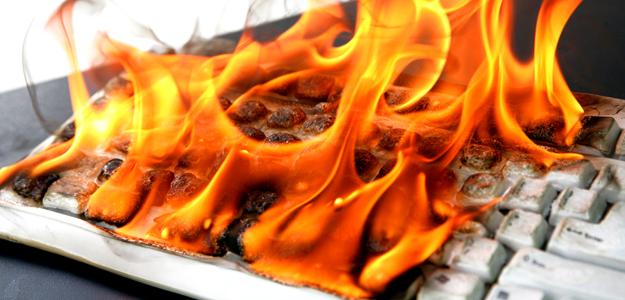What’s The Difference between Stuxnet & Flame?

There have been two major reported cyber attacks on Iranian
assets in the past couple of years, by viruses (or malware) called Stuxnet and
Flames.
These have some similarities to each other, and some
important differences.
For those who are interested in such topics, this is the
line-up:
Similarities: both Stuxnet and Flame attacked thousands of
computers, the overwhelming majority within Iran .
There is also apparently some common code used for modules within
these two viruses, for example the module which exploits a weakness in a
printing routine.
Differences: Stuxnet is an attack malware – which rendered
thousand of computer controlled nuclear enrichment centrifuges useless. Flame,
on the other hand, is designed to collect and relay intelligence data – it’s a
massive spying device.
Flame did not solely target the nuclear facilities, but also
thousand of computers in Iranian industry, including Government ministries and the vital oil and gas
facilities.
.
Stuxnet targeted Seimens industrial controllers; Flame works on standard Windows PC operating systems.
As a starter, Flame copies keyboard entries, sifts through
emails & text messages, records microphone sounds and interconnects with Bluetooth
devices.
The data is then communicated to command & control servers,
scattered around the world.
According to most observers, both Stuxnet and Flame are the
products of one or more Governments. Fingers have been stubbornly pointed at the USA and, ahem, Israel .
This conclusion has been justified by the complexity of the
code, which is apparently well beyond solo geeks, or even whole industries.
My logic would point to the receiving end of the Flame data,
collected by this enormous and unprecedented cyberspying mission.
Which geek, or industry, is going to have the resources to
obtain useful, even critical, data from simultaneously spying on thousands of Iranian
computers?
Whoever is behind this double attack – Stuxnet on the
nuclear facilities, and Flame’s mega-espionage on Iranian infrastructure…
Yeshar koachachem!!.


Comments
Post a Comment